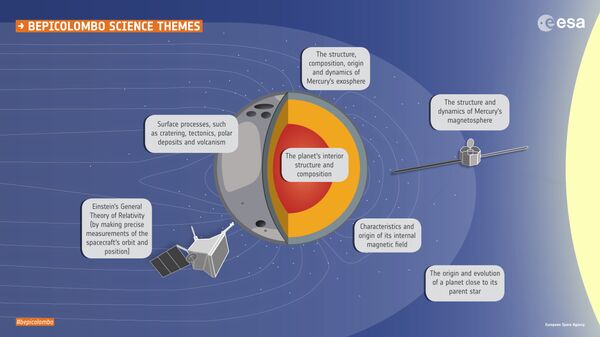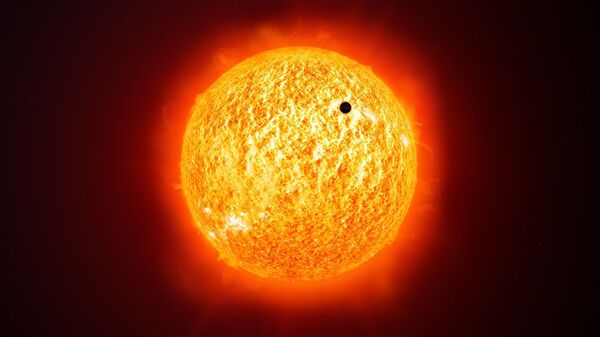The joint space mission to the smallest, innermost, and least explored of the planets in the inner Solar System will set off in five days. BepiColombo will gather data during its 1-year nominal mission, with a possible 1-year extension, according to the ESA.
Two spacecraft will comprise the mission. One of them — the Mercury Planetary Orbiter (MPO) — is built by ESA, while the Japan Aerospace Exploration Agency (JAXA) will contribute the other, the Mercury Magnetospheric Orbiter (MMO).

The scientific objectives of the missions include gaining information about the composition of the solar nebula and the formation of the planetary system and determine whether the core of Mercury is solid or liquid. BepiColombo aims to answer a dozen questions by space researchers, interested to learn more about the composition, geophysics, atmosphere, magnetosphere and history of Mercury.

Mercury remains a mystery to scientists on Earth. It has only been visited by two spacecraft in the past: NASA's Mariner 10, which flew past three times in 1974-5 and returned the first close-up images of the planet, and NASA's MESSENGER spacecraft, which performed three flybys (two in 2008 and one in 2009) before entering orbit around the planet in March 2011.
Mariner 10 was the first mission to use the gravity of one planet to reach another — a manoeuver known as a gravity assist or gravitational slingshot.
ESA described the BepiColombo mission as one of the 'cornerstones' in its long-term science program. Although large and costly, the mission presents enormous opportunities to further space exploration and understanding of the universe.
BepiColombo will be ESA's first in sending a spacecraft to a region even hotter than Venus. All of the agency's previous interplanetary missions have been to relatively cold parts of the Solar System.


